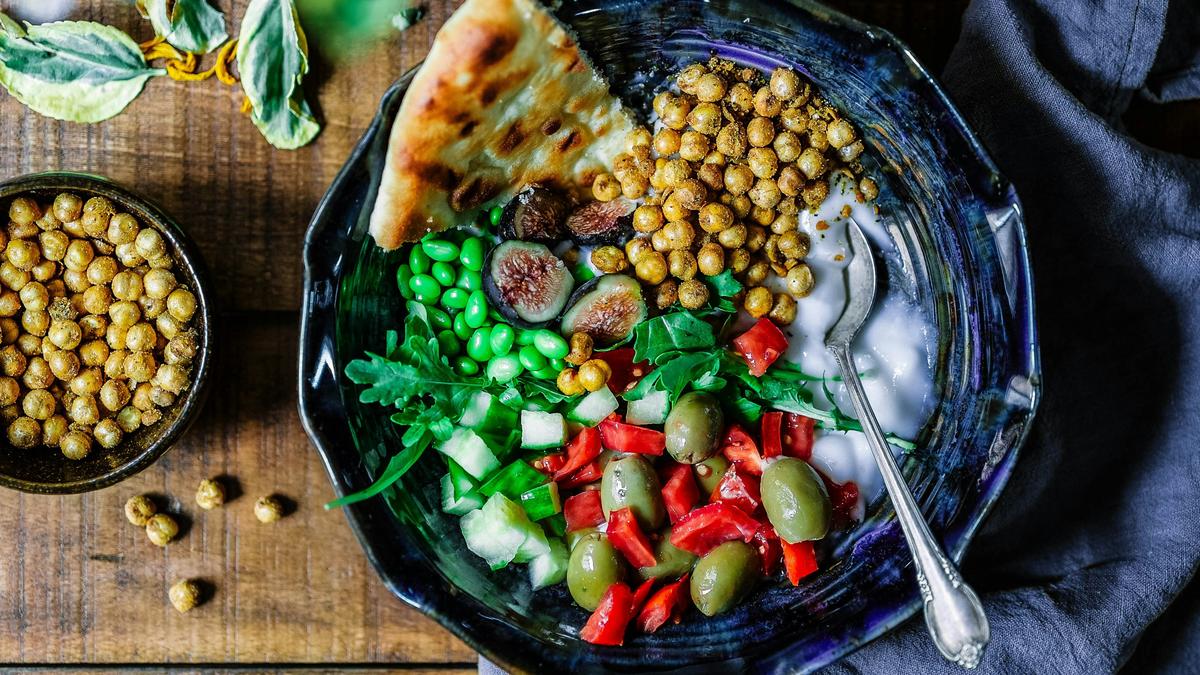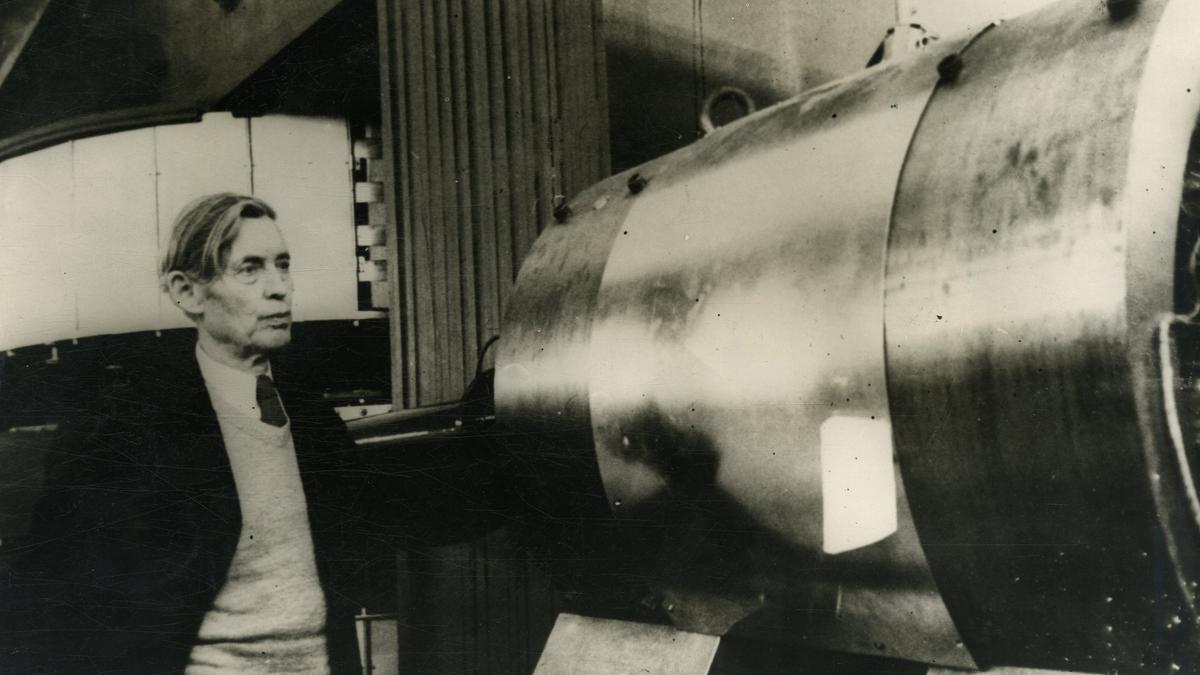[ad_1]
In 2016, when Juan Diego Ibáñez-Álamo at the University of Granada in Spain met Kaspar Delhey, an expert in bird coloration at the Max Planck Institute for Biological Intelligence, a new collaboration was born.
“He suggested we study whether urbanisation is associated with differences in bird coloration,” Delhey said.
Many studies have investigated how urban noise has been changing the way city birds talk to each other. But scientists know little about what urbanisation is doing to the way birds look.
The collaboration soon blossomed into the world’s first large-scale, global study of how urban environments can control which birds — and which colours — can thrive in cities.
In a new study, Delhey, Ibáñez-Álamo, and their colleagues reported what they found when they analysed colour data from nearly all bird species around the world alongside a reference database.
The results were unexpected.
“Contrary to expectations, bird species that do well in cities tend to be quite colourful,” Delhey said. “Some of the least successful species were largely brown, colours that we humans often consider dull or cryptic.”
Published on April 4 in Ecology Letters, the study paper revealed that urban birds that are able to lead fuller lives are also more likely to sport blue, grey, and black plumage.
The findings challenge some long-held assumptions in urban ecology.
Breaking through
“If you look at a city park, you may find fewer species than in a nearby forest. But those species tend to be more colourful,” Ibáñez-Álamo said.
However, the urban colour homogenisation hypothesis holds that cities render bird colours more uniform. “We tested this idea at a global scale and found it doesn’t hold up: once you account for species richness, cities actually have more colour-diverse bird communities,” he added.
Colour differences between males and females birds are often due to sexual selection: males evolve brighter plumage to attract mates or assert their dominance. Females may be more cryptically coloured because they often incubate the eggs and take care of the offspring. “It has been suggested that in urban environments, sexual selection may be weakened, and therefore the difference between male and female colors should be reduced. We, however, do not find any evidence,” Delhey said.
“Bird colours vary dramatically around the globe alongside variations in climate, habitat, diet, migration, type of mating system, whether they live in groups or not, etc.,” Delhey said.
Some colours, like yellow or red, are derived from carotenoids in food while the blacks and greys are the result of melanin.
Darker-coloured birds may have an edge in polluted environments, where melanin could bind to toxins. But the strongest and most consistent pattern, the researchers found, was the decline of browns.
Being seen is dangerous
In their study, the researchers found that successful city birds are more likely to be colourful while avoiding brown.
Brown colours are often found in species that live in the understory of forests, which is similarly coloured. The green spaces are different in cities. “Even if you have a park, you also have a lot of asphalt or concrete, which changes the brown background that you will have in a natural forest with dying leaves and sticks and even the soil,” Ibáñez-Álamo said.
Brown is considered to be a cryptic colour yet it appears to lose its ecological value in human-built environments, which are often much more complex than forests. The researchers don’t yet know why city birds prefer to be more colourful. One possibility is that in urban environments, predation risk is often lower, potentially allowing birds to be more expressive with their plumage rather than lay low.
According to Ibáñez-Álamo, the ‘why’ remains an open question for now.
Factors such as predator density, availability of food, light conditions, and nesting space all interact with plumage colour. In some regions, researchers have found that fewer predators has meant local birds could afford to be more conspicuous. In others, food scarcity has favoured birds that are less showy.
Urbanisation filters species
Delhey said urban ecology is becoming a kind of evolutionary laboratory. As more species travel to parts of the world they haven’t been to before, the ways in which they’re adapting — from song pitch to feather hue — are offering researchers insights into their survival as much as life’s astonishing plasticity.
Even so, or maybe for this reason, more research is required. “Any differences in coloration we detect are rather subtle. We’ll always find exceptions,” Delhey said.
Even as researchers delve into the ‘why’, it remains that cities — by selecting for certain traits, environments, and now colours — are nudging evolution in slow, quiet increments in possibly new directions.
The new study itself has far-reaching implications. “You might think that cities are just grey and lifeless, but in fact they host a different kind of avian beauty,” Ibáñez-Álamo said.
As biodiversity declines in many parts of the world, both the ecological and the cultural values attached to urban wildlife become more significant. Understanding the patterns therein can help make cities more hospitable for a wider range of species.
“We cannot really tear apart cause and effect because it’s a relative study. There could be other factors that we have not considered,” Ibáñez-Álamo said. “I think that the next step will be to try to see whether other organisms, let’s say insects or mammals, follow the same patterns.”
Arthropods, he said by way of example, are tremendously diverse. “And they also suffer from a reduction in the city, in urban areas. It will be super-interesting to identify whether they follow the same patterns.”
Monika Mondal is a freelance science and environment journalist.
Published – May 07, 2025 05:30 am IST
[ad_2]
Source link





